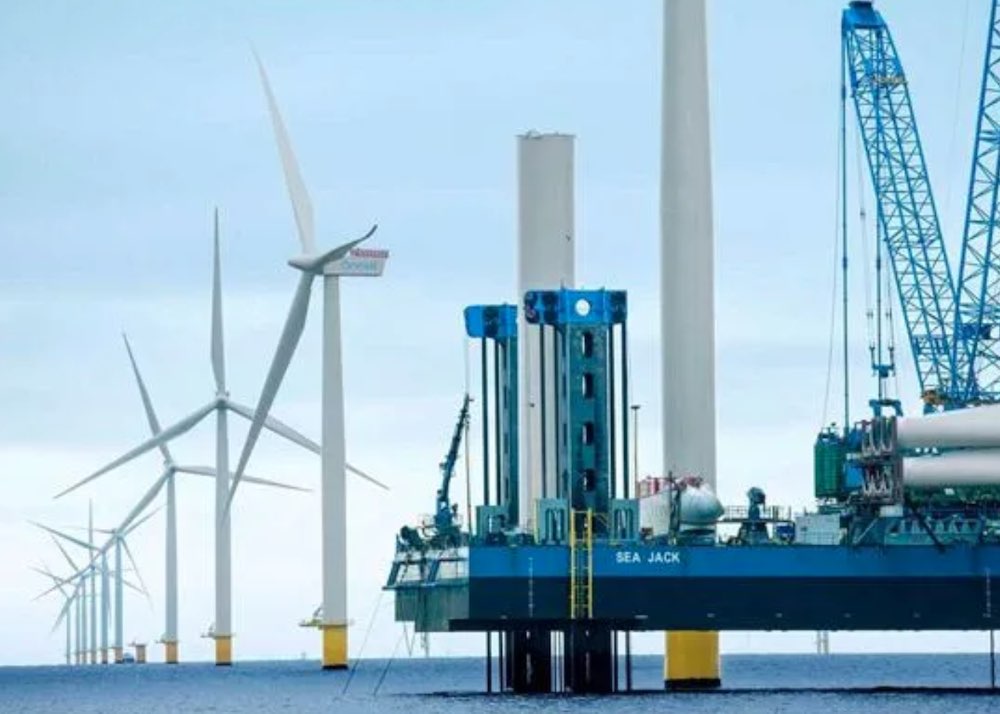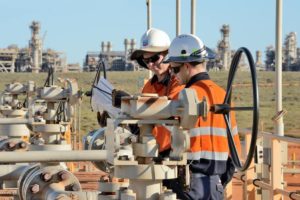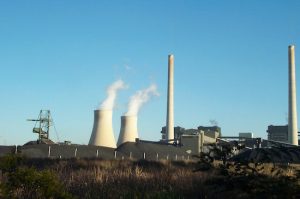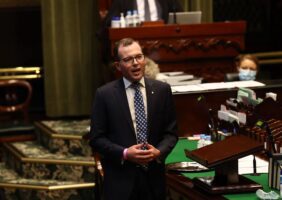The federal government is calling for feedback on the rules and regulations that will guide the development of Australia’s first offshore wind farms, after a month of consultation on the Offshore Electricity Infrastructure Act was launched on Friday.
The OEI Act sets out a regulatory framework for the construction, installation, commissioning, operation, maintenance, and decommissioning of offshore wind in Commonwealth waters, which span three nautical miles from the coast to the boundary of Australia’s exclusive economic zone.
“Renewable energy from an offshore wind industry will help reduce emissions from the electricity sector and help the Australian government reach its net zero target,” the department of energy said on Friday.
“Your feedback will help strengthen the regulatory framework that facilitates the development of a reliable, secure offshore wind industry.”
Industry and the developers behind the dozens of projects proposed for Australia’s declared and yet-to-be declared offshore wind zones now have a month to wade through the Act, fill in the survey and and provide feedback through submissions.
Star of the South, developers of the project of the same name that is expected to deliver Australia’s first operating offshore wind project off the coast of Gippsland in Victoria says it welcomes the release of the draft regulations.
“With licences expected to come into effect soon, understanding how the offshore wind sector will be regulated is critical,” said Star of the South CEO Charles Rattray in emailed comments.
“There’s a lot to digest – we’re currently reviewing these in detail and we’ll share feedback through the government’s consultation process.”
Work in progress
The Act was first introduced as a Bill by the former Coalition federal government in September 2021, at the end of its 10-year tenure and after years of campaigning by green groups, state governments and developers keen to tap Australia’s world class offshore wind resource.
While broadly welcomed, criticisms at that time included that the draft had inadequate safety provisions, lack of clear process, and vague wording around Native Title.
Another concern raised about the Bill in 2022 was that few of the regulatory work-arounds and streamlining mechanisms used in the licensing process for fossil fuel projects appeared to have been extended to offshore wind.
For example, for the oil and gas sector exploration and production can only happen in Commonwealth waters with approval from a “joint authority,” which is generally made up of the responsible federal minister and relevant state or territory minister.
This time around, however, there is plenty to read on the rules and regulations around awarding licences for projects for each stage of project development.
There is also some interesting detail on the rules around the declaration of development zones for offshore wind, including that a minister may, by legislative instrument, revoke a declaration.
Three out of six of Australia’s proposed offshore wind development zones have been officially declared, so far, the latest being the 1,030 km2 area in the Southern Ocean off western Victoria.
The South Ocean development zone was drastically pared back to one-fifth of the originally proposed size – a 5,100km2 zone that stretched from Warrnambool in Victoria up to Port MacDonnell in South Australia.
The much smaller zone came about after the South Australia government expressed concerns about the impact of wind farm development on fisheries industries in the area, and in particular the $187.5 million rock lobster industry, as well as marine life.
But the clause allowing for declared zones to be revoked – if the minister is “satisfied the declared area is no longer suitable for offshore renewable energy infrastructure, and could not be made suitable by a variation,” among other conditions, including consideration of national climate targets – might be cause for concern for some developers.
In particular, the nearly 2,000 kilometres square area in the Pacific Ocean off the coast of the New South Wales Hunter region, capable of hosting up to 5GW of turbines, could be in trouble if the Coalition wins the next federal election.
In October last year, shadow energy minister and nuclear power booster Ted O’Brien called on federal Labor to “rescind its declaration of the Hunter Offshore Wind Zone,” describing community consultation on the zone as a “sham process dressed up as a democratic exercise.”
“I have thought long and hard about the conundrum Labor has created with the Hunter Offshore Wind Zone, and I’ve concluded that the zone is untenable in the absence of a social license,” O’Brien said at the time.
Indeed, the Hunter Zone and the proposed Illawarra zone further south on the NSW coast have both stirred up a strong and sometimes bizarre debate about the pros and cons of offshore wind, including concerns the turbines would block the sunrise and endanger whales.
The latter claim – that offshore wind turbines could kill hundreds of whales a year – was quickly seized upon by federal opposition leader Peter Dutton and Nationals MP Barnaby Joyce, in a sudden attack of environmental conscience from the duo more commonly associated with climate denial and fossil fuel boosting.
As RenewEconomy reported, it has since been revealed that the research supporting the claims came from a scientific paper that “doesn’t exist,” according to the editor of the journal in which it is supposed to have been published.
Separate research has determined that the effect on ocean habitats from the development of offshore wind farms is minimal – and much less of a threat to whales than climate change and other natural forces.










